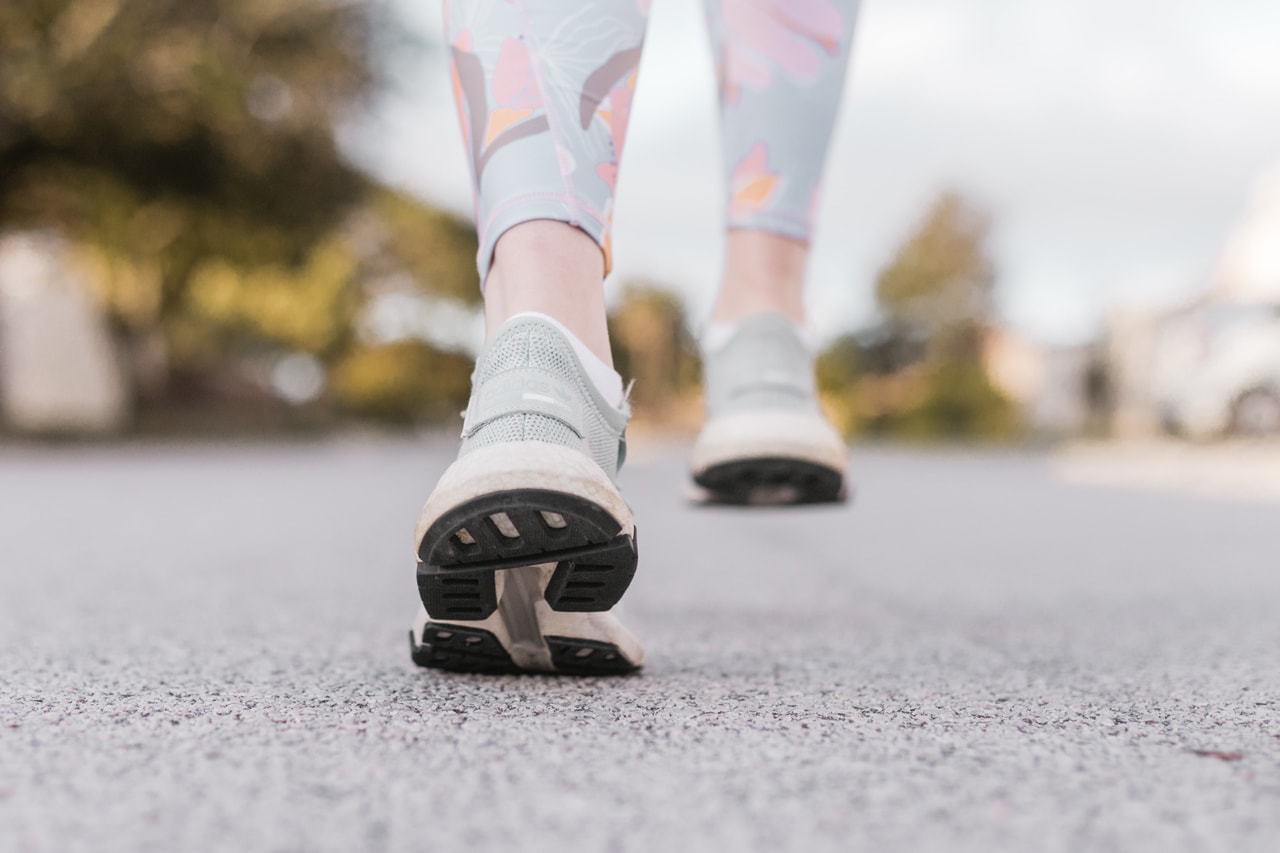The Paleo Diet is Debunked, But What About Paleo Sitting?
The paleo diet has had a good run, but for a bad reason.
The underlying idea that our modern lives don’t match our hunter-gatherer bodies makes perfect sense. Evolution is a slow-moving process, and our bodies simply haven’t been able to keep up with the breakneck pace of technology: first fire, and then suddenly agriculture, and now Doritos. What’s next?
This mismatch between the machinery of our bodies and the lives we ask them to navigate has resulted in a host of medical problems, so called diseases of modernity. Obesity, diabetes, heart disease, even cancer are all pretty much the result of the lives we now live. Taken together, this list of maladies not only shortens our lives, but often turns our later years into medical adventures that aren’t much fun.
So, the idea that we should be eating as our ancestors ate makes a good deal of sense. But problems arise in the execution of this seemingly straightforward idea. For example, the popular idea of what our ancestors ate (Meat! Lots of it!!) seems simply not to be true. We can be pretty sure that highly refined foods like sugar weren’t on the paleo menu, but honey was, at least in limited amounts for some of our ancestors. And there’s this: we know that different hunter-gatherer groups ate very different diets; the bushmen of Australia must have had a rather different menu than the Inuit of Alaska, because there are no whales or walruses in the Australian desert. Whose diet is the real “paleo” diet?
Thanks to the meticulous work of anthropologists and paleontologists using modern methods we now have a better understanding of what the actual paleo diet consisted of.1 It turns out that it was largely plant-based with dairy added about 15,000 years ago. Note, however, that the plants and meat available to our paleo ancestors were distinctly unappetizing; it’s taken millennia of selective breeding to make carrots sweet and meat fatty. Thus, most of us wouldn’t enjoy an actual paleo diet even if it were available, which it isn’t. Nevertheless, understanding of our ancestral diet can inform, but certainly won’t dictate, our current diet.
It’s unfortunate that the paleo diet was so over hyped, because the paleo idea writ large has far broader application than just our diet and can inform other aspects of how we live. For example, how we sit.
It turns out that our hunter-gatherer forbears weren’t constantly hunting and gathering. Careful study of the Hadza, one of the few remaining hunter-gather groups who still live in Tanzania, shows that they lounge around for 10 hours a day, almost exactly the amount of time that contemporary Manhattan cubical dwellers spend sitting. And yet the Hadza seem not to suffer the health consequences of inactivity: depressed serum lipoprotein lipase and consequently elevated triglyceride levels, the first domino to fall in the cascade leading to our modern health woes: obesity, diabetes, and heart disease.
What’s the Hadza’s secret?
The great invention of the Hadza is simply that they never invented furniture, and so have no chairs. When lounging the Hadza crucially don’t sit, but squat. Squatting is an “active resting posture” that keeps the muscles of the legs engaged and active, even while at rest. And it’s not just the Hadza that make use of squatting as their preferred resting posture. Because squatting leaves a telltale mark on the lower leg bone, anthropologists know that our forebears have been squatting for the last 2 million years; it’s only in the last 500 years that Europeans abandoned squatting for sitting. Crucially, the continuous muscular activity involved in squatting keeps the serum biochemistry of Hadza in a healthy balance. Long story short: our addiction to chairs is our undoing. Unfortunately, just as we would find the Hadza’s diet of fibrous tubers and occasional tough, stringy wild game unpalatable as a diet, most of us wouldn’t enjoy squatting as a resting posture; indeed, most of us can’t squat after a lifetime of lounging in chairs. Herman Pontzer has studied the problem of sitting2 and has this suggestion “…if you are limber and feeling adventurous when you turn on Netflix, trying squatting just like the Hadza, in an active resting posture.” A few people will be able to follow Pontzer’s recommendation, but what about the rest of us? Is it possible to remain muscularly active while sitting?
Paleo Sitting
Although the ability to squat depends upon our anatomy and ingrained muscular habits, sitting is an activity that depends upon the design of our chairs. And it turns out that the design of our chairs can be tweaked to encourage, even require, subtle continuous muscular engagement. These new designs bring the benefits of what we might call “paleo sitting” to those of us for whom squatting is too heavy a lift. A number of companies now make so called “active chairs”, some quite affordable. So, if the paleo argument makes sense to you, you may find changing your chair much easier, and much more palatable, than changing your diet. For more on this topic, here’s a Medium article on the advantages of active sitting3.





Leave a comment
All comments are moderated before being published.
This site is protected by hCaptcha and the hCaptcha Privacy Policy and Terms of Service apply.